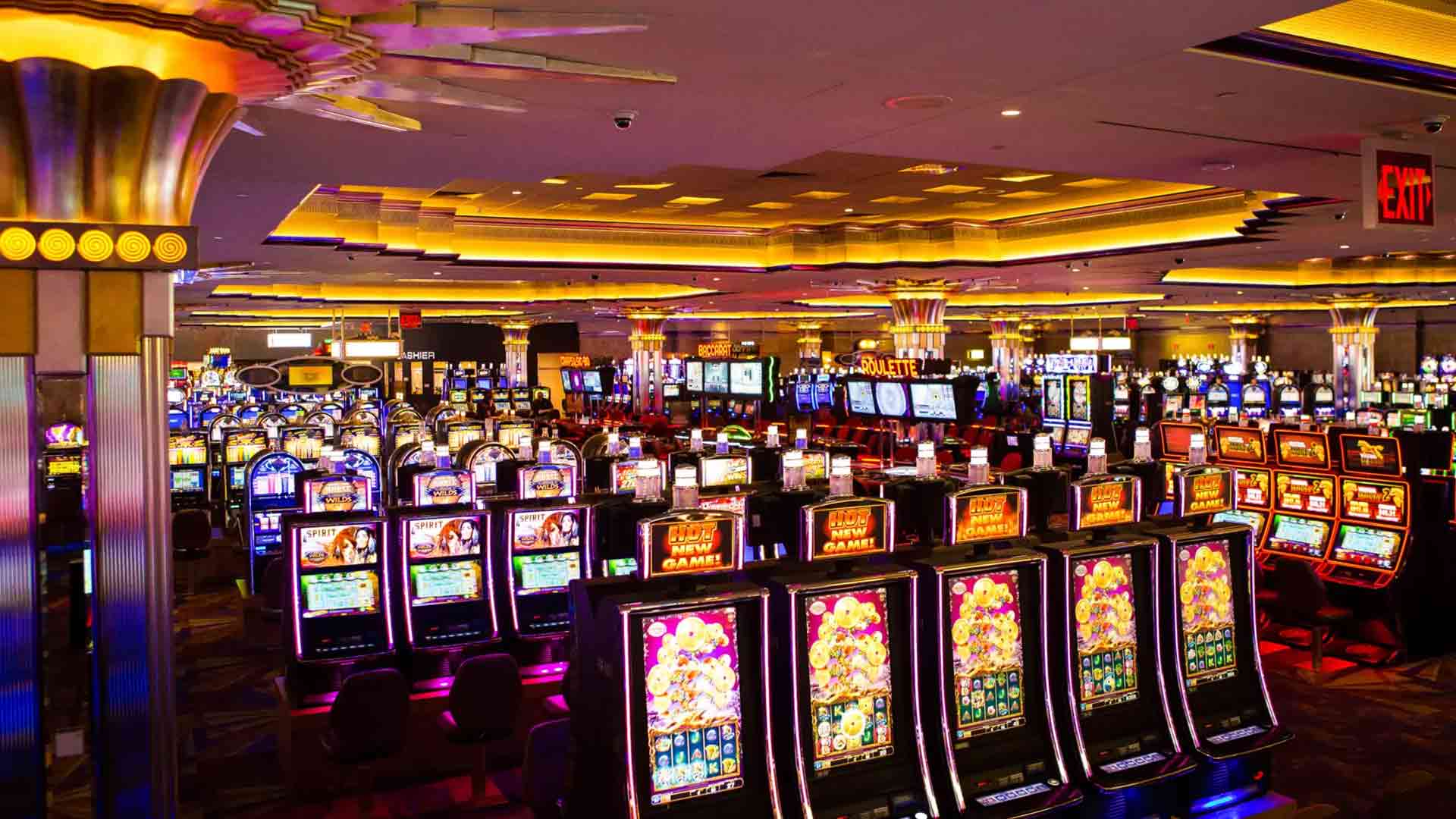The Long History of Casino-Inspired Art
The Long History of Casino-Inspired Art
The glittering, high-stakes world of the casino and the contemplative, expressive realm of art may seem worlds apart. Yet, for centuries, artists have been captivated by the drama, psychology, and sheer aesthetic appeal of gambling. From tense backroom card games to the neon-drenched landscapes of Las Vegas, casino-inspired art offers a fascinating window into human nature, reflecting our enduring obsession with chance, fortune, and risk. This genre is far more than just pictures of cards; it's a rich tapestry that chronicles societal shifts, class struggles, and the timeless theater of the human condition.
Early Masters and the Drama of Deceit
The story of gambling in art begins long before the first modern casino. During the Renaissance and Baroque periods, painters were drawn to the inherent drama of card games. Perhaps the most iconic example is Caravaggio's masterpiece, "The Cardsharps" (c. 1594). This painting is a masterclass in psychological tension. It depicts a naive, wealthy young man being duped by two professional cheats. Caravaggio masterfully captures the subtle glances, hidden signals, and the palpable suspense of the moment. The artwork is not just about a game; it’s a moral commentary on innocence versus corruption, a theme that would resonate through the centuries of casino-inspired art.
Following in this tradition, artists like Georges de La Tour used chiaroscuro—the dramatic interplay of light and shadow—to heighten the clandestine atmosphere of gambling scenes. His work often portrayed the game as a focal point of social interaction, where fortunes could be won or lost by the flicker of a candle.
From Social Commentary to Popular Culture
As art evolved, so did its depiction of games of chance. In the 19th century, Paul Cézanne created his famous series, "The Card Players." Unlike Caravaggio's dramatic portrayal of cheating, Cézanne's work is a quiet, contemplative study of Provençal farmhands engrossed in their game. The focus here is not on deceit but on concentration, ritual, and the simple dignity of everyday life. These paintings elevated a common pastime into the realm of high art, showcasing the game as a universal human experience.
On the other end of the spectrum is Cassius Marcellus Coolidge's "Dogs Playing Poker" series. Initially commissioned as advertising art in the early 20th century, these paintings became icons of American kitsch and popular culture. The anthropomorphized dogs, engaged in a very human activity, serve as a satirical and humorous commentary on the archetypes one might find around a poker table. While not "fine art" in the traditional sense, their enduring popularity demonstrates the cultural resonance of poker art.
The Modern Era: The Casino as a Muse
The 20th century saw the birth of the modern casino, particularly in Las Vegas. This new environment, with its dazzling neon lights, bold architecture, and promise of instant wealth, became a powerful muse for a new generation of artists. The casino aesthetic, a blend of glamour and excess, was a perfect subject for the Pop Art movement. Artists like Andy Warhol, who explored themes of consumerism, celebrity, and money, found a natural synergy with the world of Las Vegas.
Photographers also turned their lenses to the casino floor, capturing the stark emotions of players—the ecstasy of a win, the despair of a loss, and the hypnotic trance of someone fixated on a slot machine. The casino became a microcosm of the American Dream, a place of immense hope and potential failure, and artists sought to document every facet of this complex environment.
Contemporary Visions and the Digital Frontier
Today, contemporary artists continue to explore casino themes, often with a critical or conceptual edge. They use a variety of media, from painting and sculpture to video installations, to deconstruct the myths and realities of gambling culture. The focus has expanded to include the global reach of the industry and its transition into the digital space. The online casino has created a new visual language of pixels, avatars, and virtual tables, which in turn provides fresh inspiration. This digital shift has also opened up new avenues for players, with platforms offering promotions like an m88 casino no deposit bonus to attract a new generation to the virtual felt.
From the shadowy corners of a Baroque card game to the vibrant, pixelated world of online slots, the long history of casino-inspired art is a testament to our fascination with the game. It proves that whether on canvas or a screen, the allure of the wager—and the human stories that unfold around it—will always be a subject worthy of artistic exploration.
tag: M88,



